Bottega Veneta's Bids at Bagging a Trademark May be Shaping Up
Bottega Veneta’s efforts to secure trade mark protection for its signature intrecciato weave pattern illustrate the complexity and jurisdictional variability in protecting non-traditional marks. In the United States, the brand first applied for trade mark protection in 2009, seeking registration for the distinctive interwoven leather pattern that had become a central element of its design identity. The USPTO initially refused the application, finding the weave to be both ornamental and potentially aesthetically functional used primarily to enhance the appearance of the goods rather than to indicate their commercial origin. U.S. trade mark law excludes features deemed “aesthetically functional,” meaning that if the primary function of a design is to contribute to the product’s appeal, exclusive rights in that design may unfairly hinder competition. This doctrine was also raised in Christian Louboutin v. Yves Saint Laurent, where YSL argued that the red sole was a purely decorative element and not capable of trade mark protection.
To overcome these objections, Bottega Veneta narrowed the scope of its application and submitted substantial evidence of acquired distinctiveness. This included a clearly defined description of the weave as a configuration of slim, uniformly sized leather strips (ranging from 8 to 12 millimetres in width), interlaced at a 45-degree angle to form a repeating plain or basket-weave pattern covering all or substantially all of the goods. The brand also provided evidence of consumer recognition and long-standing use, including media coverage, customer declarations, and an advertising budget exceeding $22 million between 2005 and 2009. It further noted that more than 80% of its products featured the weave design.
In 2013, the Trademark Trial and Appeal Board accepted this evidence and granted the registration, concluding that the weave had acquired distinctiveness and now functioned as a source identifier in its own right. However, the scope of the protection is narrow: it applies only to the exact configuration described in the application and does not prevent others from using similar woven patterns made of different materials, using different weaving techniques, or featuring non-identical dimensions.
In contrast, Bottega Veneta has struggled to secure similar protection in the European Union. In 2013, the EU General Court upheld the EUIPO’s refusal to register the 3D shape of two handbags incorporating the weave design, finding that the bags lacked distinctiveness and did not significantly depart from industry norms. Both the EUIPO and the Court viewed the applications as attempts to register common product shapes and concluded that the average consumer would not perceive them as indicators of origin. Instead, the designs were considered typical of the goods in question bags that could be purchased on the high street rather than marks capable of distinguishing commercial source.
These differing outcomes highlight the complexities of securing trade mark protection for surface designs, particularly where functional or aesthetic considerations are at play. While courts have shown increased openness to shape marks that clearly diverge from sector norms, they remain more cautious with decorative surface designs, which are often viewed as commonplace or lacking inherent distinctiveness. This presents a strategic dilemma for fashion brands: although shape marks may meet the requirements for registration under certain conditions, pattern marks especially in the EU face a steeper uphill battle unless supported by compelling evidence of acquired distinctiveness.
Sources:
Christian Louboutin S.A. v. Yves Saint Laurent America, Inc., 696 F.3d 206 (2d Cir. 2012).
US Reg. No. 4474897 (Bottega Veneta, July 29, 2013).
TTAB ruling in In re Bottega Veneta International S.a.r.l., Serial No. 77685049.
Bottega Veneta International S.a.r.l. v OHIM (Joined Cases T-36/12 and T-37/12) EU:T:2013:575.

